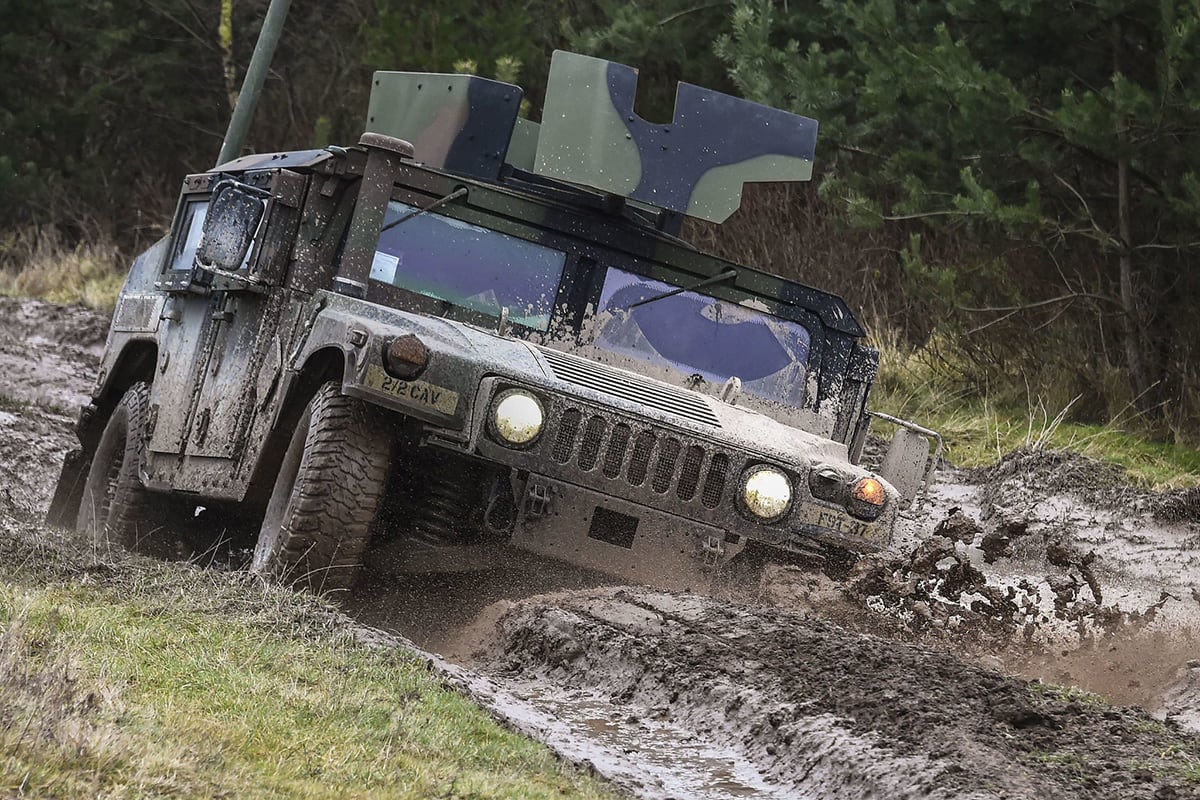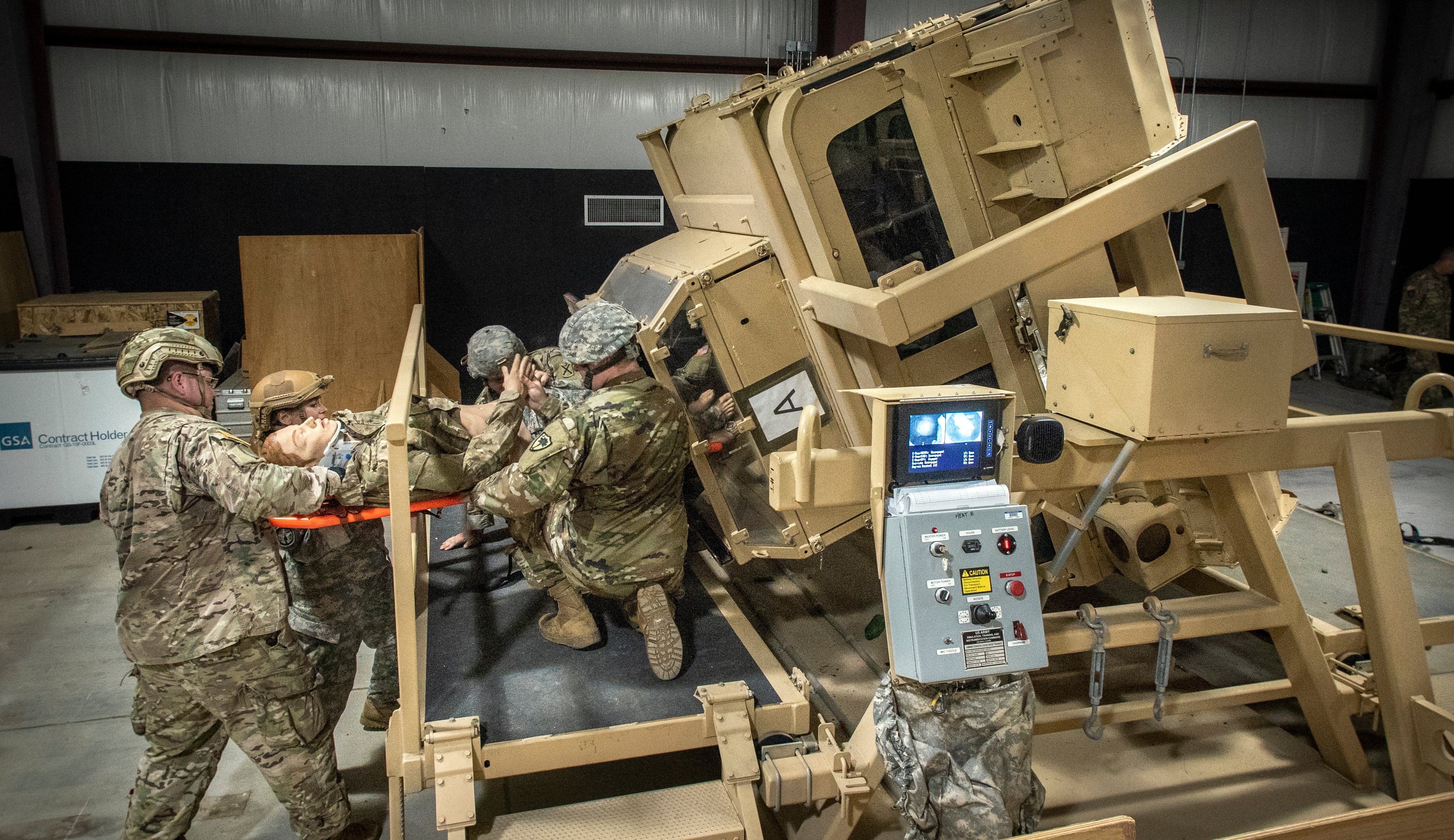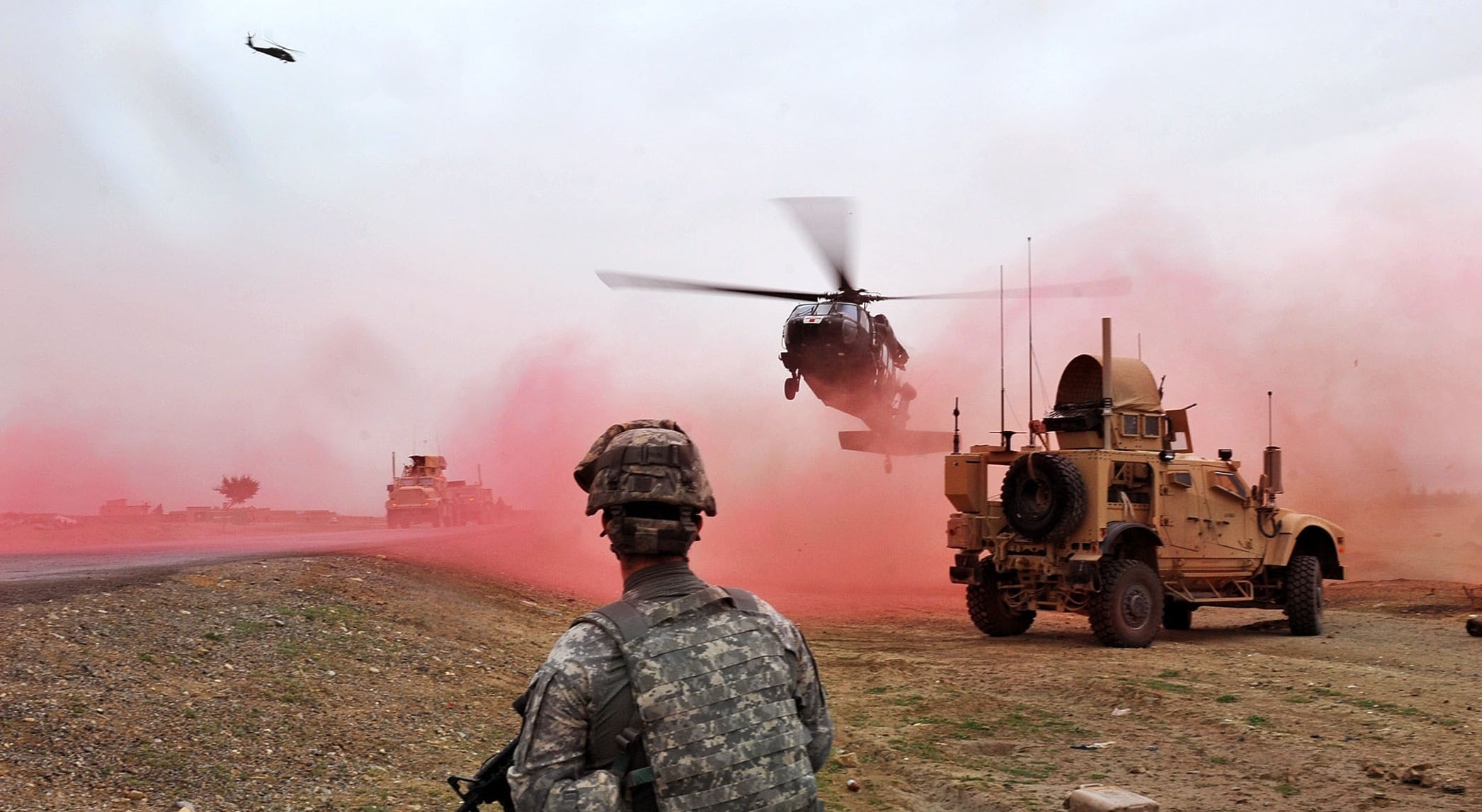There have been 14 fatalities involving Army vehicles this fiscal year, and eight of those have been from vehicle rollovers — a slight increase in the total number of fatalities, but a much larger increase in the number of rollover deaths specifically.
Going back to fiscal 2015, the Army did not exceed 12 vehicle fatalities per fiscal year.
An oft-feared mishap that many soldiers prepare for down range and at home involves vehicle rollovers. Between fiscal 2015 and 2018, there were a total of 14 rollover fatalities, according to Army data.
This fiscal year, the eight rollover fatalities sparked some changes in safety initiatives by the service including a “lessons-learned” website for mishaps, exportable safety briefing products and next-generation versions of existing oversight programs.
“The loss of a solider in any accident is always of concern to Army leadership at all levels," Army spokesman Jason Waggoner said. "Each incident is unique and thoroughly investigated to determine causes and remedies. Based upon the lessons learned, all elements of vehicle operations are reviewed for effectiveness, including driver training, leadership oversight, and operating conditions.”
The Army classifies accidents based on injuries to personnel and the value of property that’s damaged or destroyed.
Though fatalities are high, the total number of vehicle mishaps has actually declined over fiscal 2017, 2018 and so far this year, according to the service.
“The total number of mishaps is in decline currently,” Waggoner said. “Obviously we don’t know what’s going to happen in the fourth quarter of 2019 because we’re still in the peak training and you never know.”
The rise in Army vehicle fatalities caught the attention of FORSCOM Command Sgt. Maj. Michael Grinston, who will become the Army’s top senior enlisted leader this summer.
RELATED

In an Army safety brief video published in mid-June, Grinston warned troops against driving vehicles they aren’t properly trained on.
“If I asked you to hop in a vehicle you aren’t qualified in and drive it, would you? What if I asked you to ride in a vehicle driven by another soldier who wasn’t qualified?” Grinston asked. “Chances are, this describes you or someone you know and tragically this describes recent scenarios where soldiers have died.”
Army motor vehicle mishaps are the number one killer of on-duty soldiers and inadequate unit driver training programs contribute to 68 percent of these mishaps, according to the video.
“Regardless of the echelon of command you serve, demand accountability,” Grinston said.
This year, Army Times has reported on multiple vehicle rollover fatalities — including one involving a tank and one involving a West Point cadet.
Allen Kovacs, a retired vehicle dynamics engineer who worked on various military vehicle bids with private industry, pointed to design issues rather than driver error as a possible cause of increased vehicle rollovers.
“You’ve got only so much track width for a vehicle carrying load high,” Kovacs said. “I’m thinking they would have to radically redesign chassis and suspension to bring the [center of gravity] down but this has its consequences too."
“Only [advanced driver-assistance systems] controls could alter vehicle speed and maybe steering radius of curvature of the turn,” Kovacs added, referencing electronic systems that aid drivers. "And that’s an Army decision.”
As it stands, the Army’s Combat Readiness Center is taking a proactive stance to reduce vehicle mishaps and injury, the Army said in a statement.

The command recently developed exportable safety briefing products designed for use at the unit level. Additionally, the Army Readiness Assessment Program looks at an organization’s safety and risk management to include a units’ policies and practices, supervision and communication flow, according to Waggoner.
The next-generation version of that program is being developed with fielding expected for early 2020.
The Combat Readiness Center is also promoting a new “lessons-learned” website, which includes summaries and prevention takeaways from recent Class A mishaps, which involve accidents wherein the total cost of property damage is $2 million or more; an Army aircraft or missile is destroyed, missing, or abandoned; or an injury and/or occupational illness results in a fatality or permanent total disability.
The Combat Readiness Center is also developing a leader engagement campaign called “Safety Net.” The program is intended as a resource to help local commanders increase the level of safety within their units.
Kyle Rempfer was an editor and reporter who has covered combat operations, criminal cases, foreign military assistance and training accidents. Before entering journalism, Kyle served in U.S. Air Force Special Tactics and deployed in 2014 to Paktika Province, Afghanistan, and Baghdad, Iraq.




